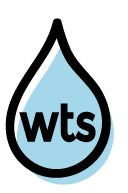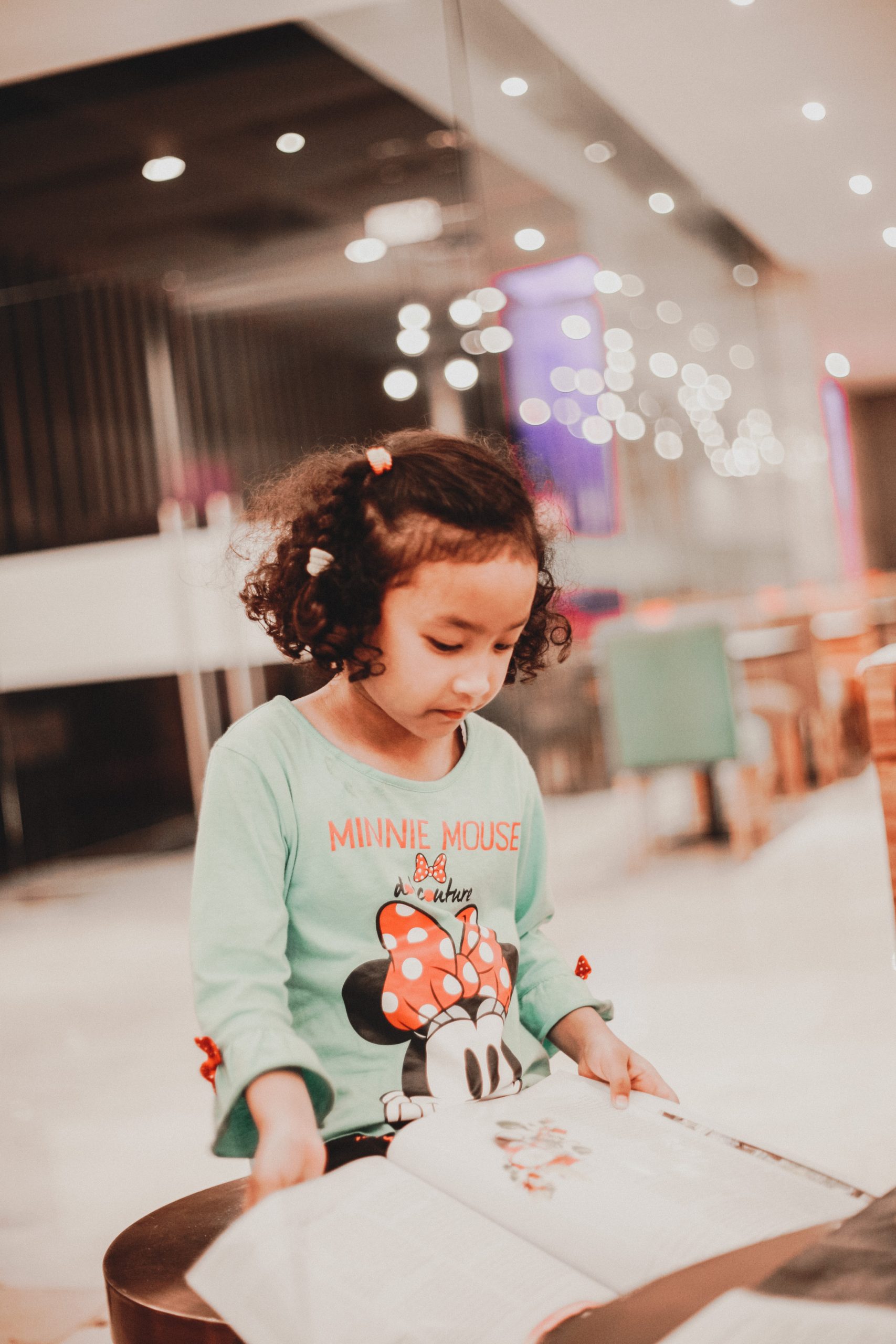I’ve always been envious of those who can speak more than one language. As a native, monolingual English speaker, I often wish that learning a second language had been impressed upon me as a child.
Feel free to skip this ridiculous and embarrassing story and jump to the “Definitions” section of the post.
You might have noticed in my quick blurb about myself that I spent a few months living in Italy. Back in college, I took a handful of Italian classes and thought I could get by with what I had learned. Boy, was I in for a TOTAL shock when I moved to Italy! Perhaps if someone spoke to me at 1/10th the speed of typical speech, I might have understood 20% of what was said, if I was lucky, hahaha.
I spent my time there as an AuPair and watched three Italian boys during the day while their parents worked. Part of my job was to help teach them English. I’ll never forget my first day on the job. I was pushing the youngest, 4 years of age, on a swing. He kept saying, “Basta” and giggling. I responded in kind, “In English, we say ‘higher, higher.'” And so we repeated this back-and-forth for a couple of minutes before he stopped swinging.
There was a little boy sitting on the swing next to us, a total stranger. He stopped swinging and looked at me completely horrified for the duration of the exchange. Naturally, I thought it was because I was speaking in English (the self-centered American I was.)
Long story short, later that evening, the 4-year-old’s parents told me if I had any questions to go ahead and ask. I said, “What does ‘basta’ mean?”
The dad responded, “Quit it. Knock it off. Stop it. Why?” he looked at me quizzically.
I told them what had happened in the park and we all ended up doubled-over in hysterics.
Did I have a language disorder? Absolutely not. A language difference? Yes, and then some. I would classify myself as a “language learner” at the time. Read on to learn how to determine a language disorder versus a language difference.
Definitions
As with many things speech- and language-related, this is a complex topic. I’ll do my best to boil it down to some basics so you can tell if a kid is experiencing a language difference or a disorder. The line between the two can be pretty blurry, and as always, if you have any doubts, please consult an SLP as soon as possible.
Language Difference
Let’s assume that a child is well-versed in two languages, their primary language (which we’ll call L1) and their second language (which we’ll call L2). If a difference between L1 and L2 exists, then here are reasons for such discrepancy:
| Feature | Description |
|---|---|
| Pronunciation | Manner in which consonants and vowels are produced sounds different than that of native speakers. |
| Syntax | Uses syntactical rules of L1 when speaking L2. |
| Vocabulary | Might not have as vast as a vocabulary as native speakers. |
| Pragmatic Skills | May use different social norms according to L1 instead of L2. |
| L1 Typical | There aren’t any concerns about the speaker’s primary language. |
| Can Learn L2 | Speaker is able to learn new rules of L2 when rules are explained. |
| Struggles Academically | Displays difficulty with school secondary to language difference. |
The most important thing to note in regards to a language difference is that the primary language is not impacted. So if a child’s first language is Spanish and her second language is English, then if she is fluent in Spanish and meeting age norms in Spanish, then she likely does not have a language disorder in English. She is considered to be learning the language and presents with a language difference and not a disorder. That being said, if this child is struggling academically as a result of the language difference then I absolutely believe that tutoring and extracurricular help should be offered and pursued.
To summarize the rest of the chart: a child who presents with a language difference will likely mispronounce words or sounds, have a smaller vocabulary than peers, and misuse language in social settings. Furthermore, she will probably speak using her L1 syntactical structure. For instance, if her primary language is Spanish, then you might notice that she places adjectives after nouns, as there is more syntactical flexibility in Spanish than English. In spite of these differences, a child who does not present with a disorder will be able to learn and adapt to the rules of L2 when taught to do so.
Language Disorder
The table below demonstrates how a language disorder is slightly dissimilar to a language difference.
| Feature | Description |
|---|---|
| Pronunciation | Manner in which consonants and vowels are produced sounds different than that of native speakers. |
| Syntax | Does not use correct syntax in L1 or L2. |
| Vocabulary | Does not have expected amount of vocabulary in L1 or L2. |
| Pragmatic Skills | Does not follow age-appropriate social skills in L1 or L2. |
| L1 Atypical | Is not developing and acquiring L1 consistent with age-matched peers. |
| Difficulty Learning L2 | Has a hard time learning L2 with repeated exposure and teaching. |
| Struggles Academically | Displays difficulty in school secondary to language disorder. |
The key feature to note in this chart is that with a true language disorder, the child will struggle with both languages. Atypical errors will be noted in L1 as well as L2. The errors do not have to span all categories. For example, a child may only demonstrate syntactical errors in L1 and L2 and qualify for a language disorder. Similarly, she may have difficulty with pragmatic skills only across both languages.
A language disorder can impact not only expressive language but receptive language as well. This means reading and understanding language as well as writing and speaking language are all areas which can be impacted. Needless to say, this is a broad range of categories to take into account.
Let’s Water the Sponge
After reading through this post if you’re thinking your little one or a kiddo you know might have a language disorder, what can you do to help? Here are some ideas:
- Consult a professional. This is probably not something that you want to try to rectify on your own. While it is worthwhile to read posts, don’t hesitate to get some help! A language disorder can have many facets to it and as such a set of fresh eyes will aid you in coming up with a plan of action.
- Expose your child equally to L1 and L2. If your goal is to have your child equally fluent in both languages, then expose your child to both languages equally. Some parents approach this by having children speak one language to one parent and another language to another parent. This could also take place with your child speaking one language to his caregiver and another language to the parents.
- A “language explosion” may be in the works. Research has shown that many bilingual children demonstrate a “language explosion” between the ages of 2 and 2 1/2 years of age. By this, I mean that a child will suddenly start talking in words or short phrases when before he relied primarily on grunting and gestures.
- Build up L1 if your child shows signs of Specific Language Disorder (SLI), Autism Spectrum Disorder (ASD), or Down Syndrome. Work with your child on her native language first. Ditch the second language for a little bit and give her a solid foundation with her primary language before you confuse her with additional rules, vocabulary words, and pronunciations from a second language.
- See other blog posts for additional ideas. Check out my posts on improving pronunciation, expressive language, and building vocabulary for ideas about what to do at home to build expressive language skills!
Do you have a question or comment? Feel free to share a story or drop a comment below!


